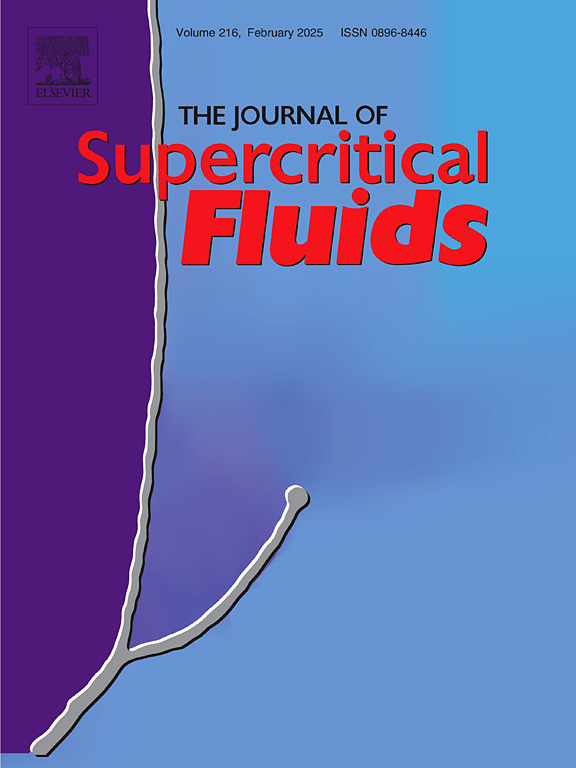铬镍铁合金625在含溶解磷酸盐和熔融磷酸盐的超临界水中腐蚀行为的比较研究
IF 3.4
3区 工程技术
Q2 CHEMISTRY, PHYSICAL
引用次数: 0
摘要
本文比较研究了铬镍铁合金625在不同氧含量和不同磷酸盐相的超临界水中的腐蚀行为。结果表明,溶解的磷酸盐相与氧竞争,氧的加入使Cr2O3转化为Cr6 +,导致氧化膜厚度减小。形成的氧化膜由三个不同的层组成。外层由NiO、Fe2O3和NiFe2O4组成,是由金属阳离子向外扩散形成的。中间层为金属磷酸盐钝化层,可以防止Fe、Ni等的扩散,减缓腐蚀。内层由氧离子与Cr向内氧化生成Cr2O3形成。磷酸盐熔盐具有很强的腐蚀性,可将Cr2O3直接溶解为可溶性Cr3+,氧气加速了这一过程,使Cr3+含量从59.63 %提高到77.54 %。本文章由计算机程序翻译,如有差异,请以英文原文为准。
Comparative study of the corrosion behavior of Inconel 625 in supercritical water containing dissolved and molten phosphates
This paper presents a comparative study of the corrosion behavior of Inconel 625 in supercritical water with different oxygen contents and phosphate phases. The results showed that the dissolved phosphate phase could compete with oxygen and that the addition of oxygen converted Cr2O3 to Cr6 +, resulting in a reduction in the thickness of the oxide film. The oxide film formed consisted of three distinct layers. The outer layer consists of NiO, Fe2O3, and NiFe2O4, which were formed by the diffusion of metal cations outward. The middle layer was a metal phosphate passivation layer which could prevent the diffusion of Fe, Ni, etc. and retard corrosion. The inner layer was formed by inward oxidation of oxygen ions with Cr to form Cr2O3. Phosphate molten salt were highly corrosive and can directly dissolve Cr2O3 into soluble Cr3+, a process accelerated by oxygen, increasing the Cr3+ content from 59.63 % to 77.54 %.
求助全文
通过发布文献求助,成功后即可免费获取论文全文。
去求助
来源期刊

Journal of Supercritical Fluids
工程技术-工程:化工
CiteScore
7.60
自引率
10.30%
发文量
236
审稿时长
56 days
期刊介绍:
The Journal of Supercritical Fluids is an international journal devoted to the fundamental and applied aspects of supercritical fluids and processes. Its aim is to provide a focused platform for academic and industrial researchers to report their findings and to have ready access to the advances in this rapidly growing field. Its coverage is multidisciplinary and includes both basic and applied topics.
Thermodynamics and phase equilibria, reaction kinetics and rate processes, thermal and transport properties, and all topics related to processing such as separations (extraction, fractionation, purification, chromatography) nucleation and impregnation are within the scope. Accounts of specific engineering applications such as those encountered in food, fuel, natural products, minerals, pharmaceuticals and polymer industries are included. Topics related to high pressure equipment design, analytical techniques, sensors, and process control methodologies are also within the scope of the journal.
 求助内容:
求助内容: 应助结果提醒方式:
应助结果提醒方式:


